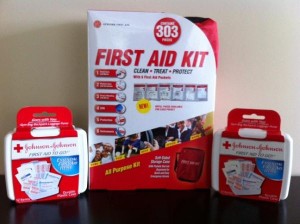At Las Vegas CPR, you can enroll in quality CPR and first aid training at very affordable rates. We have eight total programs available, categorized under Basic/Advanced Life Support and re-certification. Our training programs range between four hours and sixteen hours, while re-certification typically takes four to eight hours. We have locations in six cities in the US; find one nearest you and sign up for training today!
How important is CPR?

Heart disease is the leading cause of mortality in the entire world, for both gender. Over 600,000 Americans die each year from cardiac disease, that one death every 33 seconds. More people actually die from a cardiac related program than AIDS and cancer combined – a scary statistic. In less than ten years, cardiac disease will be the leading cause of mortality in all the countries worldwide. But what does heart disease have to with CPR?
One of the scariest complications of heart disease is heart attack. When a person gets a heart attack, the heart can stop beating, this condition is called cardiac arrest. During SCA or sudden cardiac arrest, cardiopulmonary resuscitation helps keep blood circulating in the body by manually compressing the chest. CPR is also able to oxygenate the blood by giving ventilations through rescue breaths.
What do I learn in a CPR class?
There are three basic skills learned in a CPR training class with us: compression, ventilation, and defibrillation.
- Chest compressions are given by compressing the middle of the chest by pushing hard and fast at a rate of at least 100 a minute. In adults, the chest compressed by at least 2 inches. For smaller and younger children such as infants and toddlers, the chest is compressed between 1.5 and 2 inches.
- To complete a cycle of compression and ventilations, the ratio used is 30:2, or 30 compressions followed by 2 ventilations. Ventilations can be given mouth-to-mouth or via a bag valve mask, which ever is available.
- Defibrillation is an advanced skill that uses electricity to try and restart the heart. Electricity is sent from an AED which travels through pads placed on the chest and to the heart.
Is giving CPR to adults different from giving it to children?
While basic principles remain the same – how to clear the airway, how to give chest compressions – a few things are different. Compression depth was mentioned above. Another difference is priority – compressions are more important than ventilation in adults, because poor oxygen delivery to the organs isn’t due to low oxygen content in the blood, its because of inadequate delivery. In children, it is a different case. Heart attacks in kids are typically caused by a respiratory problem, which means that the child will be experiencing both cardiac and respiratory arrest – giving both compression and ventilation equal priority.
Certificates have a period of validity of two years. Before it expires, you have to renew it through a re-certification course. If not, you will have to retake the full training program.
